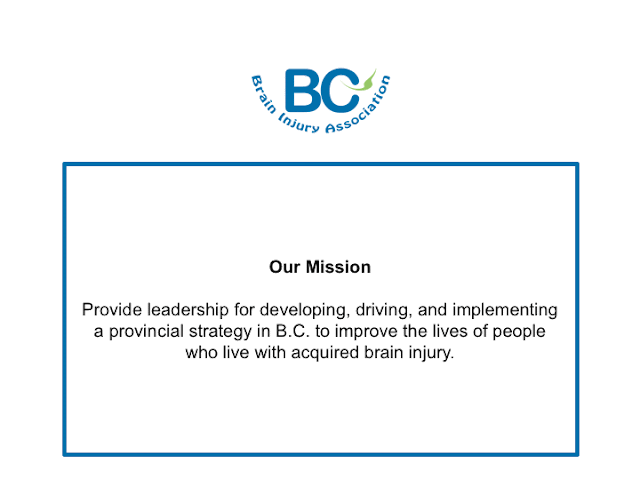Rebirth of the Digital Twin
The term "digital twin" has been popping up a lot lately. Serious deja vu. I recall it being used years ago in engineering, manufacturing and academic circles, but not the popular press. Not back then. Curious. Is there a DT rebirth going on?
Apparently so...
Source: Google Trends
According to NetworkWorld...
A digital twin is a digital representation of a physical object or system. The technology behind digital twins has expanded to include large items such as buildings, factories and even cities, and some have said people and processes can have digital twins, expanding the concept even further. The idea first arose at NASA: full-scale mockups of early space capsules, used on the ground to mirror and diagnose problems in orbit, eventually gave way to fully digital simulations.
But the term really took off after Gartner named digital twins as one of its top 10 strategic technology trends for 2017 saying that within three to five years, “billions of things will be represented by digital twins, a dynamic software model of a physical thing or system". A year later, Gartner once again named digital twins as a top trend, saying that “with an estimated 21 billion connected sensors and endpoints by 2020, digital twins will exist for billions of things in the near future."
Source: NetworkWorld
So, it looks like we can thank Gartner in and around 2017 for giving this DT rebirth a boost.
More recently, from Gartner (2018 survey)...
75 Percent of Organizations Implementing IoT Already Use Digital Twins or Plan to Within a Year.
Thirteen percent of organizations implementing Internet of Things (IoT) projects already use digital twins, while 62 percent are either in the process of establishing digital twin use or plan to do so, according to a recent IoT implementation survey* by Gartner, Inc.
Gartner defines a digital twin as a software design pattern that represents a physical object with the objective of understanding the asset’s state, responding to changes, improving business operations and adding value.
“The results — especially when compared with past surveys — show that digital twins are slowly entering mainstream use,” said Benoit Lheureux, research vice president at Gartner. “We predicted that by 2022, over two-thirds of companies that have implemented IoT will have deployed at least one digital twin in production. We might actually reach that number within a year.”
Source: Gartner
And there it is, 'Digital Twin' on top of the Gartner Hype Cycle...

If you want to get on top of this Digital Twin rebirth, I'd recommend this short video from Geospatial World as a teaser.
Source: Geospatial World
Want more?
Try Nokia's DT latest innovation for 5G Networks: "Guaranteeing high Quality of Experience (QoE) in special events"
Source: Nokia
Very Tony Stark-esque...

What next?
My interest goes beyond twinning. I'm interested in the blurring of lines. In what some people are calling 'phygital' and how it will inevitably merge into the world of digital twins.
“Phygital” is the concept of using technology to bridge the digital world with the physical world with the purpose of providing a unique interactive experience for the user. While the buzzword is relatively new (and awful), many of the technologies required to fuse a digital and physical experience have been around since the 90s
Source: Emotive Brands
Stay tuned!


Great article. I cover every point of my doubts. I loved this post.
ReplyDeleteThank you so much for this article.
Regard,
Social Media Marketing Agency
SEO Company
PPC Company